
My planned escape from quarantine yesterday to ride my motorcycle up the Jemez was delayed on account of my bicycle ride taking longer than expected, which was due to the Santa Anna’s being stronger than usual. Turns out whatever calories I should have burned on my ride, spring winds insisted be doubled. The thing about Northern New Mexico is that if you wait for a good time to do something outside, you’ll never go. You learn to do what you planned on doing when you planned on doing it and muscle through whatever nature’s throwing at you that day.
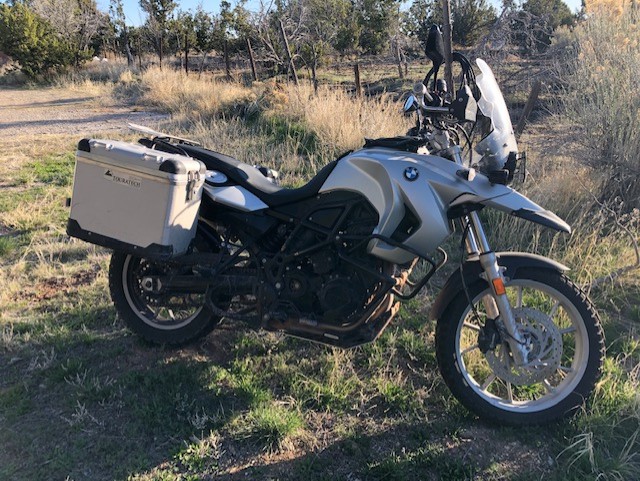
By the time I left the house on my scooter, it was already getting cool so rather than scale Pajarito Mountain up to the Valle Caldera as I had intended, I slipped down Tatavi Hill to the Old Otowi Bridge at the base of White Rock Canyon. While technically on San Ildefonso Pueblo, Old Otowi Bridge is such a spectacular place to sit in the evening watching the sun slide below the Jemez Mountains while splashing the Rio with departing streaks of light that trespassing seems permissible. With no intent to disrespect pueblo sovereignty, I hopped the barbed wire fence and skidded down the steep arroyo convinced the bridge was not a sacred tribal structure.
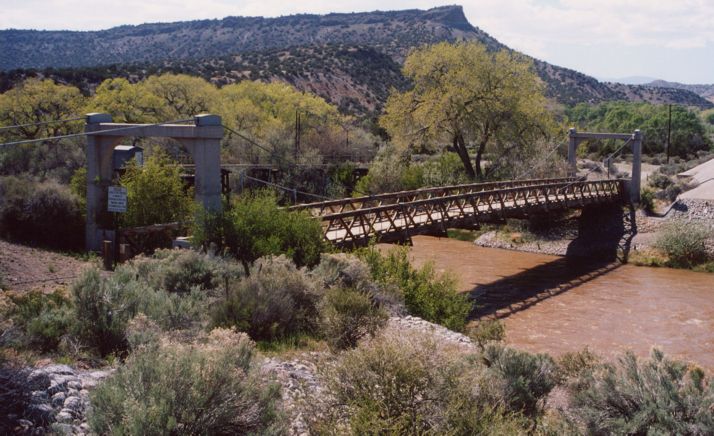
Old Otowi Bridge was built in 1924 to connect people in the fast growing city of Santa Fe with centuries old villages dotting the base of the Jemez mountains. In the early 1940’s she served as a vital gateway to Los Alamos during the Manhattan Project era when scientist, engineers, and special nuclear materials continually traversed Tatavi hill on the way up to the secret city. The bridge was closed soon after WWII and replaced with a wider stronger steel structure. In its heyday though, Old Otowi Bridge was New Mexico’s only suspension bridge, and the only bridge in the state deemed to be a national security concern.
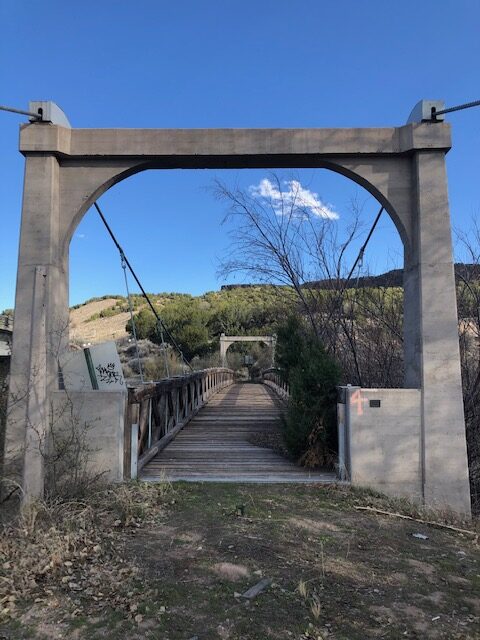
Today Old Otowi bridge quietly rests in retirement along side its stronger replacement, similar I suppose to how I felt yesterday while Nick and I were out for run. As he casually brought me up to date on the latest Chicago Bear trade rumors, I was distracted from worry about where my next breath would come from. The short hike from the highway contains multiple warning signs about venturing onto pueblo land and the dangers of being on the old wooden bridge, but New Mexican’s understand those signs are either to keep tourist away or are merely suggestions.
On any spring day during normal times, a motorcycle ride to Otowi Bridge to watch the sunset is a pleasant way to relax and appreciate the fact that all life’s baggage that you carried through winter, can now be jettisoned into the Rio as you look ahead to the unmitigated potential of another promising year. Today didn’t have that sense of renewal. I didn’t see the Rio as the life-giving artery of our state, rather it looked like a tired muddy mass hoping to hold on long enough for spring runoff to cleanse it of burdens it didn’t understand or appreciate. Water stains three feet up canyon walls foretold of rapids soon to come, of turbulent times where only the strong and careful would pass.
A couple years ago, Nick and I launched kayaks from below Otowi Bridge in early June when the river was cresting. Our plan, as poorly conceived as it was, was to float White Rock Canyon past Bandelier out to Cochiti Lake, a sixteen mile journey through perhaps New Mexico’s most remote wilderness. I can confess now that it’s over, it was not one of our smarter moves as we barely survived the first set of rapids. According to Nick, that was the third time I almost killed him. For some unexplained reason, he’s running a tab.
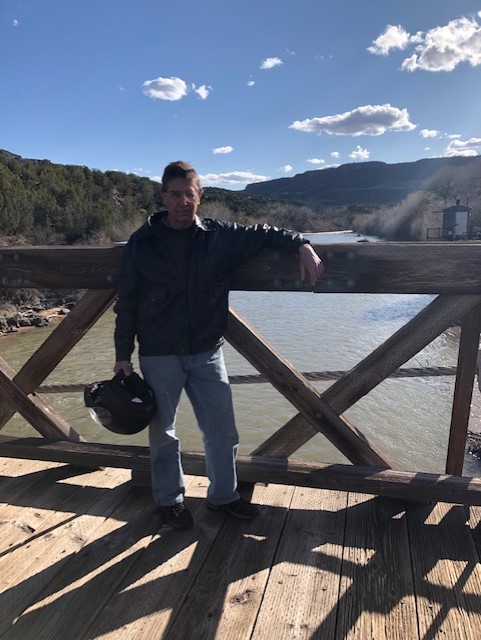
I was surprised to see from my vantage point on the bridge that even though the Rio was way down after the long winter, those rapids were still peeking around the first bend as a reminder of unseen dangers we constantly encounter.
Watching the sun set over the Rio was both peaceful and surreal. In the Northern New Mexico mountains, you really don’t get brilliant sunsets like folks do back east or on the Dakota plains. For us, one instant it’s daylight and the next dark as the sun abruptly drops below mountain peaks. Sitting on the bridge in the quiet of the early evening, I couldn’t help but think that the abruptly surreal way the day ended is a poignant metaphor for the increasing way the world’s becoming encased in a dark surrealism.
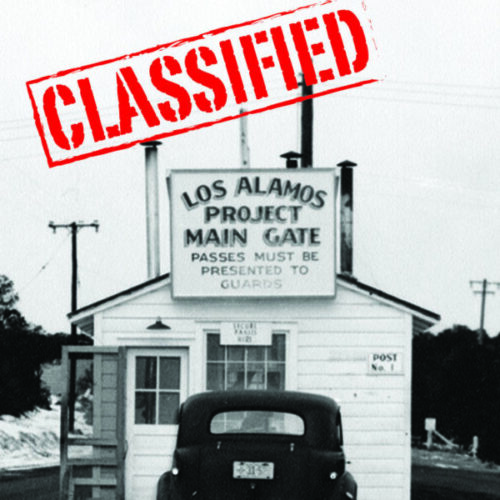

Great article! We will be linking to this particularly great article on our site. Keep up the good writing.